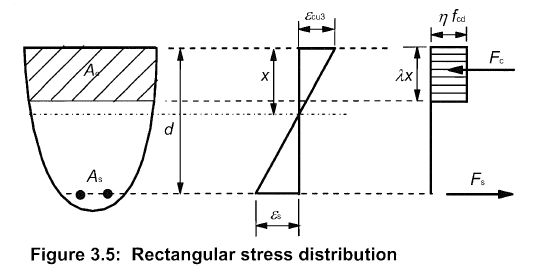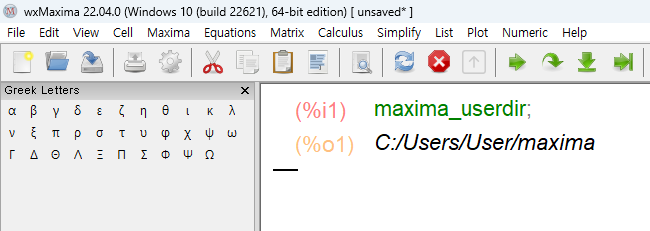등가응력 사각형의 적용 EN 1992-1-1:2004 3.1.7 Stress-strain relations for the design of cross-sections (3) A rectangular stress distribution (as given in Figure 3.5) may be assumed. The factor λ, defining the effective height of the compression zone and the factor η, defining the effectivestrength, follow from: λ = 0,8 for fck ≤ 50 MPa (3.19) λ = 0,8 - (fck -50)/400 for 50 < fck ≤ 90 MPa (3.20) and η = 1,0 for fck ≤ 50 MPa (3.21) η = 1,0 - (fck -50)/200 for 50 < fck ≤ 90 MPa (3.22) Note: If the width of the compression zone decreases in the direction of the extreme compression fibre, the value ηfcd should be reduced by 10%. Figure 3.5: Rectangular stress distribution 여기서 Note가 등가응력 사각형 적용할 때 주의할 사항이다. 즉 원형 단면(삼각형 단면)과 같이 압축측으로 갈수록 폭이 좁아지는 형상에 등가응력사각형을 사용하려 할 때 적용해야 한다. 도로교설계기준(한계상태설계법) 해설 2015에는 다음과 같은 내용이 있다. 5.5.1.6 응력-변형률 관계 해설(2) 휨부재의 단면설계에서 사용하는 콘크리트의 응력-변형률 관계는 기본적으로 그림 5.5.2에 보인 포물-사각형 곡선(parabola-rectangle diagram;p-r곡선)으로 나타내고 있다. 이 곡선은 부재 단면의 중립축 ...




